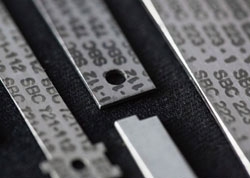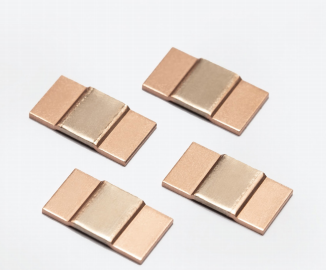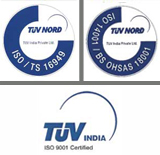- Overview
- Certifications
- R & D Innovations
- Investor Relations
-
Disclosure under Regulation 46 of SEBI LODR
- Code of Conduct
- Board of Directors
- Financials
- Unclaimed / Unpaid Dividend
- Shareholding Pattern
- Annual Reports
- Corporate Governance
- Business Responsibility and Sustainability Report.
- Compliance Officer
- Registrar & Share Transfer Agents
- Share Prices
- Investor Queries/Complaints
- News
- Shivalik Corporate Policies
- Transfer of Shares to IEPF Account
- Investor Education and Protection Fund
- Related Party Transactions
- Forms
- Temperature indication.
- Control of any parameter against temperature.
- Compensation (usually for ambient temperature).
- Thermo-mechanical applications where heat is converted into mechanical energy.
- Cantilever strip
- Simple Beams
- Spiral and helix coils
- U-Shapes
- Discs
- Snap elements
- Deflection
- Force required
- Space Available
- External forces, such as friction, spring force, etc.
- Dead weight of the bimetal
- Permissible bending stress
- Minimum bimetal volume
- Economy and accuracy of manufacture
For enquiries please click here

Thermostatic Bimetal Parts/Strips


A thermostatic bimetal consists of two or more layers of different alloys firmly bonded together, having different coefficient of thermal expansion result i.e. high expansion and low expansion. One layer consists of an alloy having a high coefficient of expansion while the other layer is one with a lower coefficient of expansion.

Thermostatic Bimetals have a wide array of applications but these can be classified under the following broad headings:
The shapes most commonly used are:
The selection of shape is based on factors such as:
Copyright © 2019 Shivalik Bimetal Controls Ltd
-
Disclosure under Regulation 46 of SEBI LODR











